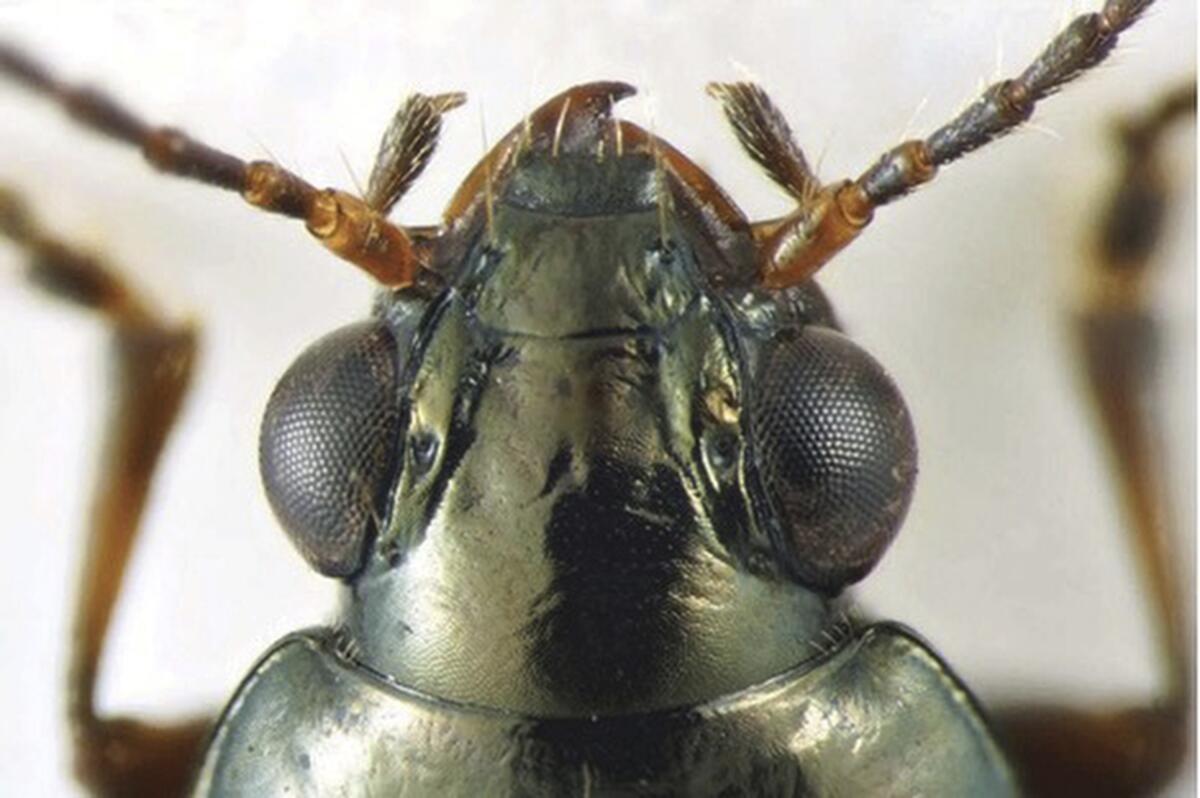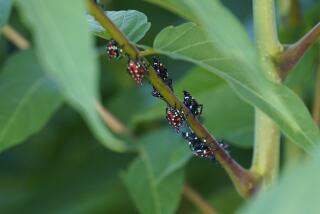Jerry Brown gets a rare beetle species named after him

BERKELEY — Scientists are naming a rare species of beetle in honor of former California Gov. Jerry Brown after finding one at his ranch.
Bembidion brownorum was last seen in 1966, but it hadn’t been named or described until one was collected near a creek on Brown’s ranch in Colusa County, about an hour’s drive northwest of Sacramento, UC Berkeley announced Monday.
The beetle is brown and tiny at about one-fifth of an inch in length, although that is still larger than other Bembidion beetles. Under magnification “it glows with a green and gold metallic shimmer,” according to UC Berkeley.
Brown, who left office in 2019, lives in California’s inner coastal mountain range on land that has been in his family since the 1860s. He has offered his property as a meeting space for the California Native Plant Society, entomologists, and forestry and fire experts.
UC Berkeley entomologist Kipling Will has been sampling insects at the 2,500-acre ranch for more than two years. On July 1, 2021, he found an unfamiliar beetle and called an expert, David Maddison at Oregon State University, to help identify it, UC Berkeley said.
They determined that it was a species that hadn’t been previously named or described. Will later found 21 specimens in museums throughout California, although they may have been unlabeled or misidentified, UC Berkeley said.
The former governor on Joe Manchin’s climate deal.
The species was rarely spotted probably because of a rapid decline as its habitat is destroyed by urbanization and agricultural development, Will said.
The beetle was named in honor of Brown and his wife, Anne Brown.
“I’m very glad that [my ranch] is advancing science in some interesting and important ways,” Brown said in the statement issued by UC Berkeley.
“There are so many undiscovered species,” he said. “I think it’s very important that we catalog and discover what we have and understand their impact on the environment — how it’s functioning and how it’s changing.”
Will and Maddison described the beetle in a study published Monday in the journal ZooKeys. John S. Sproul of the University of Nebraska Omaha is a co-author.
More to Read
Sign up for Essential California
The most important California stories and recommendations in your inbox every morning.
You may occasionally receive promotional content from the Los Angeles Times.











